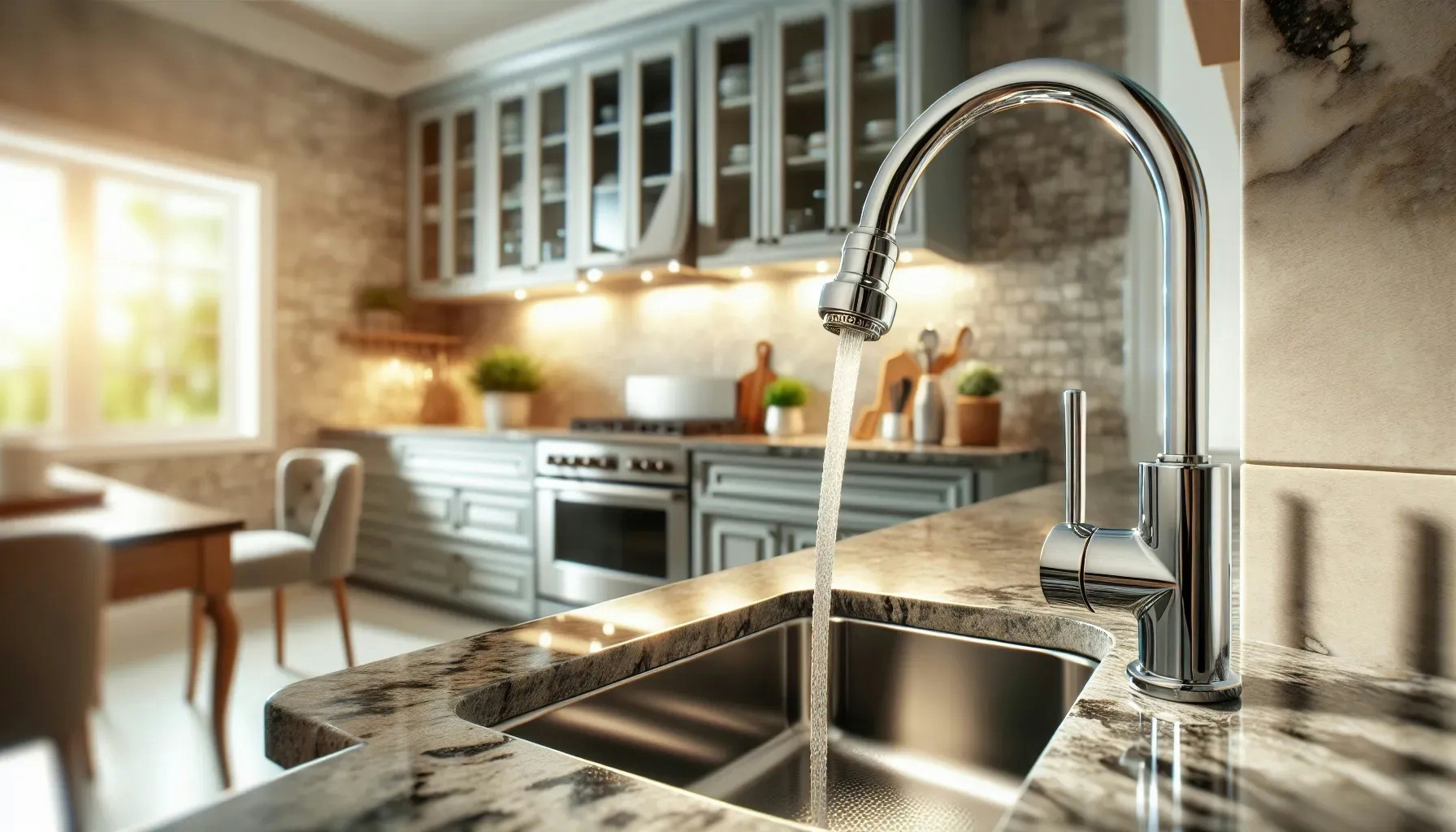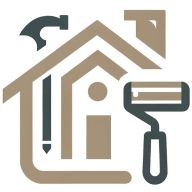Home upgrades can be a significant investment, but they can also provide a substantial return on investment (ROI) if done correctly. This blog post will guide you on how to maximize your ROI on home upgrades. We will delve into the most profitable home improvements, how to budget effectively, and how to choose the right contractors. Let's embark on this journey to make your home not just a living space, but also a profitable investment.
Identifying Profitable Home Upgrades
When it comes to home upgrades, not all improvements are created equal. Some upgrades offer a higher return on investment than others. Understanding which upgrades are most profitable can help you make informed decisions.
Kitchen and bathroom remodels often provide a high ROI. These spaces are crucial to homebuyers, and modern, updated kitchens and bathrooms can significantly increase your home's value. However, it's essential to balance the cost of the remodel with the potential return. High-end remodels may not always provide a higher return than mid-range upgrades.
Energy-efficient upgrades are another profitable investment. With increasing awareness about environmental sustainability, energy-efficient homes are in high demand. Installing energy-efficient appliances, windows, and insulation can increase your home's value and reduce energy costs, providing a double return on your investment.
Exterior improvements, such as new siding or a fresh coat of paint, can also boost your home's curb appeal and value. First impressions matter, and a well-maintained exterior can attract potential buyers.
Budgeting for Home Upgrades
Once you've identified the most profitable upgrades, the next step is to create a budget. A well-planned budget can help you manage costs and maximize your ROI.
Start by determining how much you're willing to invest in home upgrades. Consider your current financial situation and the potential increase in your home's value. Remember, it's not always necessary to go for the most expensive options. Often, mid-range upgrades can provide a higher ROI.
Next, get estimates from contractors or home improvement stores. This will give you an idea of the cost of materials and labor. Be sure to get multiple estimates to ensure you're getting the best price.
Finally, set aside a contingency fund for unexpected costs. Home improvement projects often end up costing more than anticipated, so it's wise to be prepared.
Choosing the Right Contractors
The success of your home upgrades largely depends on the quality of work. Therefore, choosing the right contractors is crucial.
Start by asking for recommendations from friends and family. They can provide firsthand information about the quality of work and reliability of the contractor.
Once you have a list of potential contractors, do your research. Check online reviews and ratings. Look for contractors with a solid reputation and positive feedback from previous clients.
Before making a decision, meet with the contractors. Discuss your project, ask for a detailed quote, and ask any questions you may have. This will give you a better idea of their professionalism and communication skills.
Remember, the cheapest quote may not always be the best. Consider the contractor's reputation, experience, and the quality of their work when making your decision.
Timing Your Home Upgrades
The timing of your home upgrades can also impact your ROI. Certain projects may be more cost-effective at different times of the year.
For example, exterior projects like painting or siding replacement are often cheaper in the fall or early spring when demand is lower. On the other hand, indoor projects like kitchen or bathroom remodels can be done any time of the year.
Additionally, if you're planning to sell your home, consider the best time to put it on the market. In many areas, homes sell faster and for higher prices in the spring and summer. Therefore, timing your upgrades to be completed right before you list your home can maximize your ROI.
Maintaining Your Upgrades
Once your upgrades are complete, maintaining them is key to preserving your ROI. Regular maintenance can prevent costly repairs and keep your home looking its best.
For example, if you've installed new hardwood floors, regular cleaning and occasional refinishing can keep them looking new. If you've upgraded your kitchen appliances, regular servicing can prolong their lifespan.
Remember, a well-maintained home is more attractive to potential buyers. Therefore, regular maintenance is an investment that can pay off when it's time to sell.
Evaluating Your ROI
After completing your home upgrades, it's important to evaluate your ROI. This can help you determine whether your investment was worthwhile and guide your decisions for future upgrades.
To evaluate your ROI, start by getting your home appraised. This will give you an updated value for your home. Compare this with the cost of your upgrades to determine your ROI.
Remember, ROI isn't just about financial gain. Upgrades can also improve your quality of life. Therefore, consider both the financial and personal value when evaluating your ROI.
Wrapping Up: Maximizing ROI on Home Upgrades
Maximizing your ROI on home upgrades requires careful planning, budgeting, and execution. By identifying profitable upgrades, creating a realistic budget, choosing the right contractors, timing your upgrades, maintaining your improvements, and evaluating your ROI, you can make your home a profitable investment. Remember, the goal is not just to create a beautiful home, but also to increase its value and make it a worthwhile investment.

